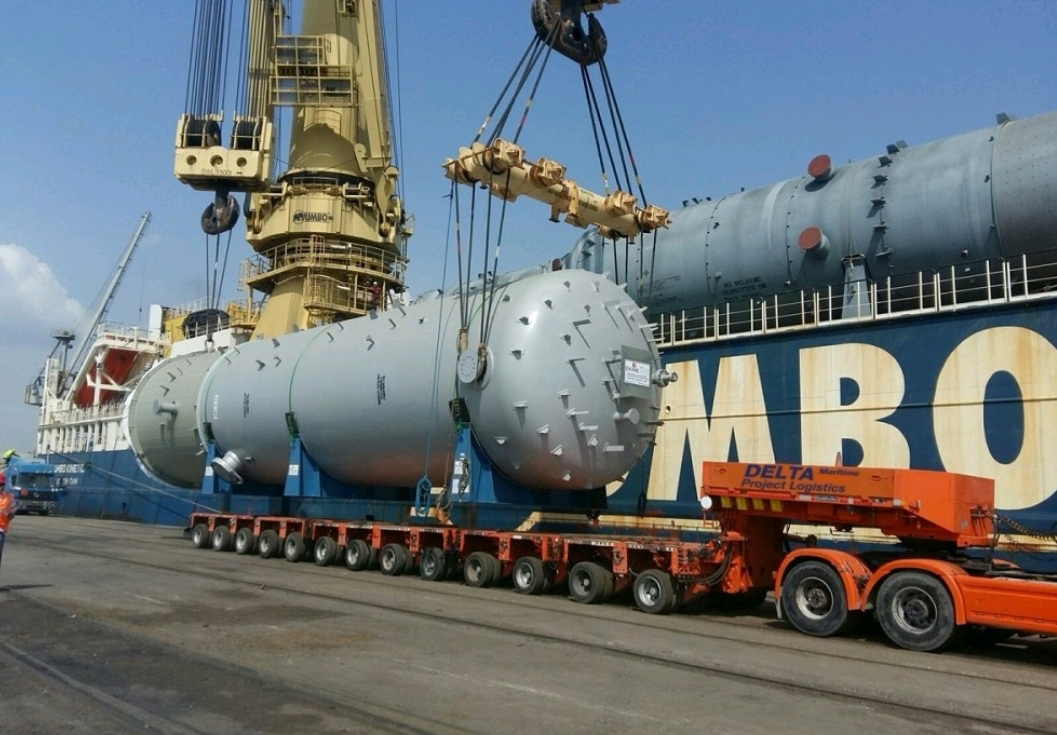Our info channel on Youtube
Thursday, 23 January 2025
The Changing Landscape of Ocean Alliances : Winds of Change
Thursday, 16 January 2025
Made-in-India driverless trainset from Titagarh Rail Systems Ltd Kolkatta for Yellow Line handed over to Bangalore Metro Rail Corporation Limited
Sunday, 12 January 2025
Four Upcoming Trends in Project Logistics
Wednesday, 8 January 2025
TAPA CERTIFICATION
Cargo theft and loss of high-value goods is increasingly common. As a result, transport requirements are becoming stricter. More and more shippers are asking for TAPA certification. But what exactly is a TAPA certification? What are the requirements for a TAPA certificate? And what are the benefits of a TAPA TSR certification? On this page, we answer these questions.
TAPA helps prevent cargo theft
TAPA stands for Transported Asset Protection Association, a non-profit organisation that helps prevent cargo theft by improving transport security. It does this by working with members from the transport and logistics sector to set security requirements for the supply chain, provide training and certify transporters according to the TAPA standard. TAPA certification shows that you have done everything possible to secure your cargo during transport. A TAPA certification ensures demonstratable quality. Would you also like to be TAPA certified? Our vehicle security specialists will be happy to help you.
TAPA CERTIFICATION is a security standard that helps businesses protect their high-value goods from theft and other dangers. TAPA certification is designed to reduce cargo theft and supply chain disruptions.
TAPA certification is made up of three core modules:
TAPA FSR: Facility Security Requirements
TAPA TSR: Trucking Security Requirements
TAPA PSR: Parking Security Requirements
TAPA certification can help businesses: Improve processes and security, Hire more skillful personnel, Build better customer relationships, and Gain a competitive advantage.
To become TAPA certified, you can:
Conduct an evaluation to identify areas that need improvement
Contact a TAPA-approved audit provider
Work with the audit provider to schedule an audit and get answers to questions about the standards
TAPA is a coalition of more than 600 companies and organizations, including manufacturers, logistics service providers, freight carriers, law enforcement, and government agencies.




